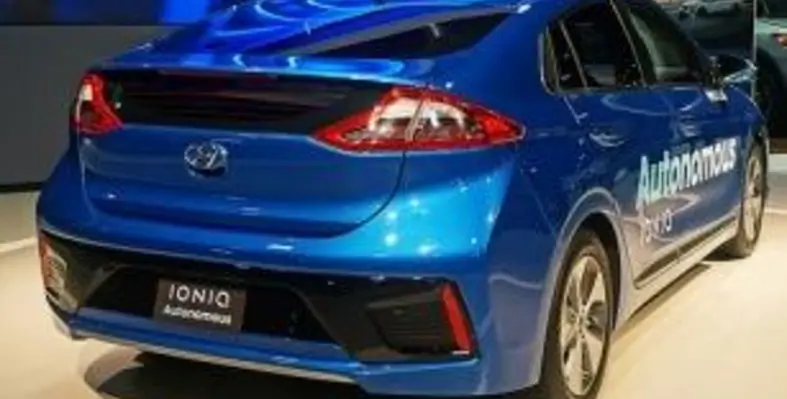With 5G network capability, communications service providers (CSPs) seek to secure future market opportunities with autonomous vehicle (AV) manufacturers in enhancing driver safety and data management, according to Gartner, Inc, a global research and advisory firm
According to Gartner, AV systems are expected to generate a large amount of data, which will allow automotive original equipment manufacturers (OEMs) to extract data insights while reducing the provisioning costs.
“CSPs have an opportunity to become strategic partners for OEMs by applying 5G capabilities to address AV OEM data growth,” said Jonathan Davenport, senior research analyst at Gartner.
By 2025, AVs are thought to upload more than one terabyte of vehicle and sensor data to the cloud each month. Therefore, CSPs need to ensure that 5G is included in the design of future vehicles, particularly in the fields of safety and connectivity, noted Davenport.
In addition to it, 5G will also provide AV passengers with high-quality infotainment services, thus enhancing vehicle systems, safety, data analytics and entertainment.
Gartner said that some of the recent incidents involving AVs have underscored the importance of public safety in self-driving cars, highlighting the importance to develop autonomous driving systems that can guarantee a safety performance above that of human drivers.
In order to mitigate the risk of accidental scenarios, some of the industry experts suggested the need of a vehicle-human handover in the AVs which will deactivate the autonomous mode and hand over control to a human driver. “But such a handover is not always possible. One potential solution for these scenarios where a handover to the human driver fails is to use remote pilots. Human pilots can be the recipient of a planned remote handover or help recover an AV that has become stuck,” Davenport explained.
To address this, regulators are looking forward to requiring remote control capabilities from AV OEMs or operators to improve safe operation on public roads.
This is the reason why, the reliability and low latency that 5G networks provide are set to allow human technicians in remote facilities to assess live video feeds and vehicle diagnostics from the AV and take over driving control virtually, said Gartner.
However, 5G is seen to generate some limited benefits for AVs in the next five years. “By design, AVs cannot rely on mobile networks such as 5G for core functionality, but must utilise multiple technologies to meet performance and safety design objectives,” added Davenport.
“Nevertheless, 5G networks will play a crucial role in handling the massive amounts of data generated by AVs and their users for all kinds of purposes, including safety, connectivity and entertainment.”
CSPs need to secure future market opportunities by ensuring that 5G is part of the AV design process. In addition, CSPs also need to build support for their 5G technologies and establish them as the de facto communication standard, to facilitate the development of advanced use cases such as metropolitan traffic management, concluded Davenport.






